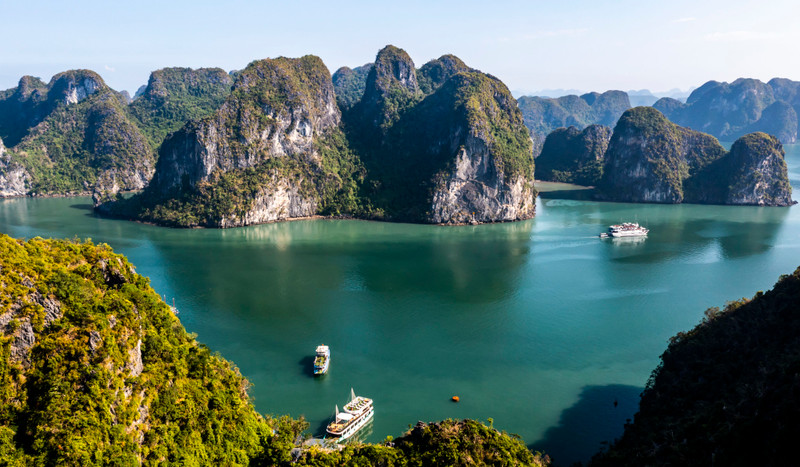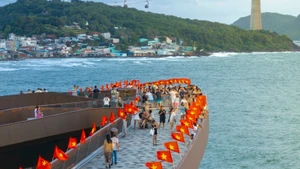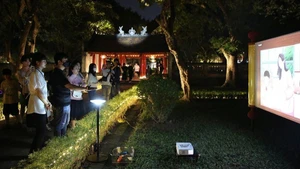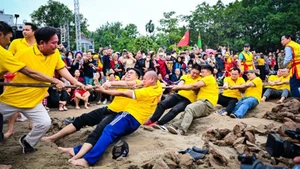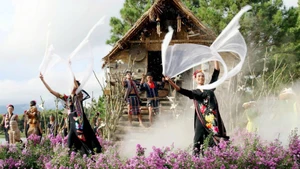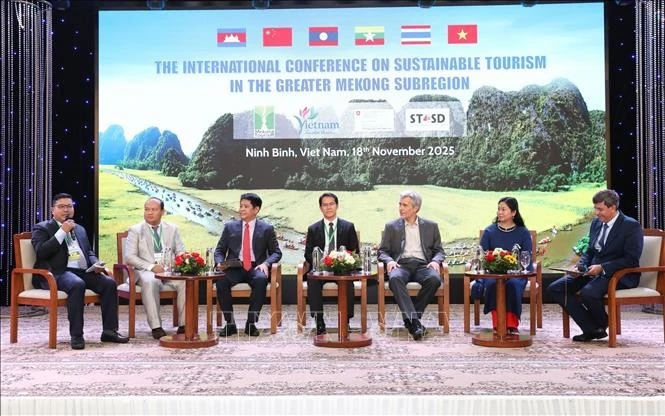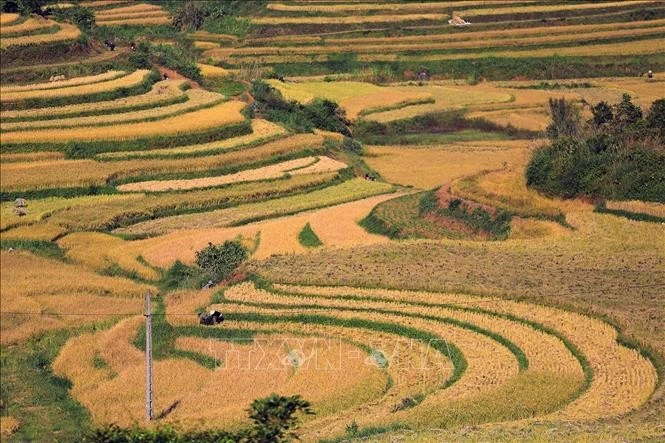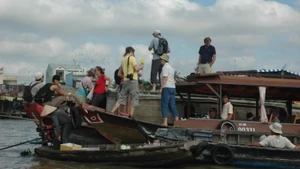Recognising that natural heritage is an invaluable and irreplaceable asset for humanity, Quang Ninh Province has implemented various strategies since Ha Long Bay’s designation as a World Natural Heritage site in 1994. These strategies include the establishment of the Ha Long Bay Management Board, which serves as an advisory body for management, protection, and promotion of the bay’s values. The province has enacted resolutions, directives, regulations, and planning schemes aligned with each development phase of the heritage site, Cuong said.
Quang Ninh has taken comprehensive and decisive measures to prevent and control environmental pollution. These include relocating fishing villages from the bay to the mainland since 2014, prohibiting fishing within the core protected area of the site, and establishing aquaculture zones outside of protected areas.
Additionally, the province has relocated fishing ports and boat anchorage areas out of buffer zones, halted loading and unloading of goods like cement, coal, and clinker in Ha Long Bay, and implemented the “Ha Long Bay Zero Plastic Waste” programme, which replaced foam buoys on floating structures with environmentally friendly alternatives.
According to Cuong, Quang Ninh has also ensured no new industrial facilities are established near the bay, and it does not issue permits to factories that may harm the environment. Wastewater management has been strictly regulated in industrial and residential areas along the coast, ensuring that all newly built urban areas and residential zones have wastewater treatment systems before becoming operational.
The province emphasises the application of scientific and technological solutions to reduce pollution and protect natural resources. Quang Ninh has also fostered international cooperation with UNESCO, the International Union for Conservation of Nature, Japan’s JICA, Australia’s Santos Group, and USAID to attract projects aimed at the management, conservation, and environmental protection of Ha Long Bay.
Over the past 30 years, Ha Long Bay has seen significant success in both conservation and economic terms. The preservation of its outstanding natural landscape has remained intact, with several global recognitions affirming its value, such as the 1994 UNESCO World Heritage designation, the inclusion of geological and geomorphological values in 2000, its status as a special national site in 2009, its listing as one of the New Seven Wonders of Nature in 2011, its recognition as Vietnam’s first trans-provincial World Heritage Site in 2023, and its recent designation as a UNESCO Global Geopark in 2024.
Ha Long Bay’s ecosystems, water quality, and landscape have been strictly preserved, with over 5,000 hectares of limestone forest being designated as protected areas. These efforts have improved water quality and ensured that sediment conditions within the heritage site remain within allowable limits.
Economically, Ha Long Bay’s recognition as a World Heritage Site has made it a magnet for both domestic and international tourism. This has provided Quang Ninh with a significant opportunity for socio-economic development, particularly in the tourism sector. Revenue from tourism has made a substantial contribution to the province’s budget and has driven growth in other industries. From 1996 to November 2024, revenue from Ha Long Bay entrance fees exceeded 8.6 trillion VND.
In 2023, the UNESCO approval to expand Ha Long Bay’s World Nature Heritage status to include the Cat Ba Archipelago presents new challenges in terms of management and conservation. Effective collaboration between Quang Ninh and Hai Phong is critical to ensure that both areas are sustainably managed while preserving their outstanding universal values. This requires clear, consistent mechanisms for cooperation, ensuring that policies from both provinces support each other rather than conflict.
Both localities need to align their strategies for sustainable tourism development, avoiding harm to the natural and cultural values of the region. It is essential to regularly monitor and manage the negative impacts of tourism, industrial development, and urbanisation on the biodiversity of the heritage site.
Scientific research should be further encouraged to better understand and highlight the exceptional global values of the site, which will help in formulating effective strategies for its long-term conservation. Public awareness campaigns about the importance of preserving the environment and cultural heritage will also play a vital role in involving local communities, tourists, and businesses in the protection efforts.
Quang Ninh’s efforts over the last three decades have been crucial in preserving Ha Long Bay’s unique global values while fostering economic growth, especially through sustainable tourism. As the site’s recognition expands, the need for joint efforts between Quang Ninh and Hai Phong becomes more important in ensuring the ongoing protection of this exceptional natural wonder.
